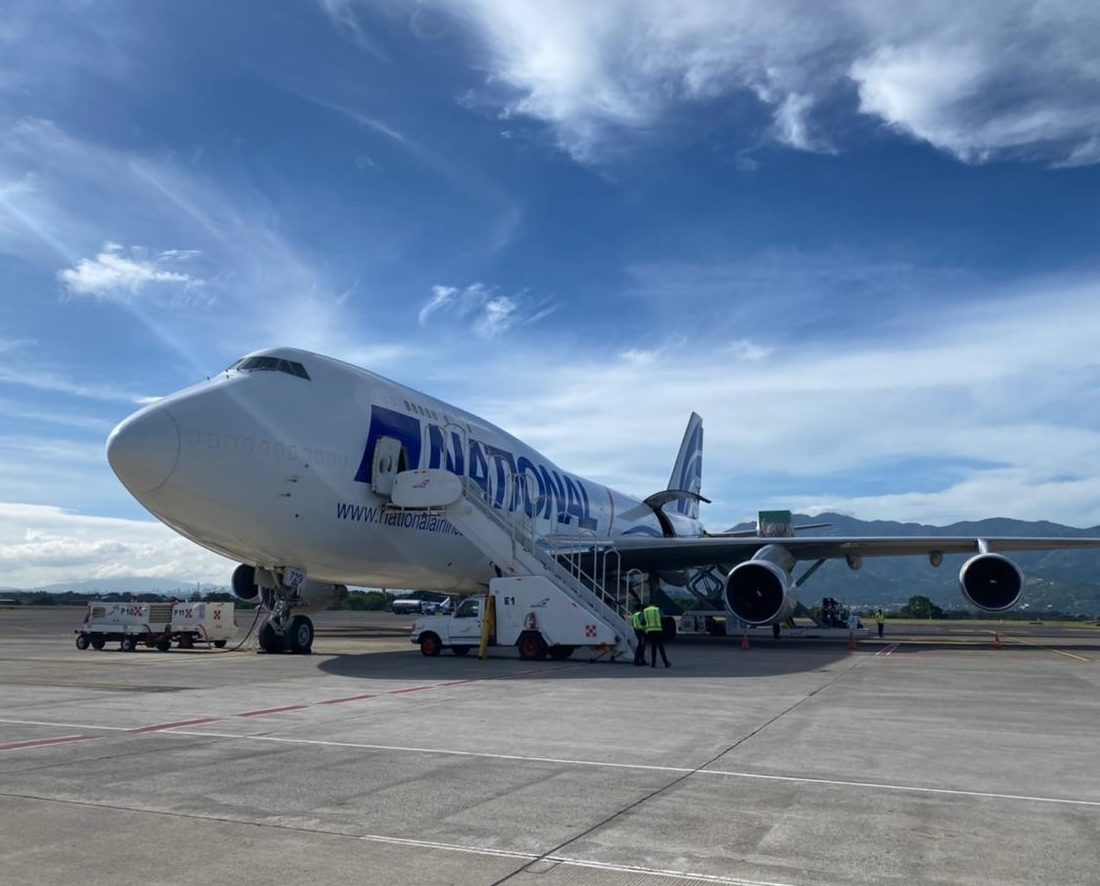
What is the Future of Air Cargo?
By NNR USA In Insight On 1st September 2021
USA - Air Freight
The top trends we are seeing, here to stay.
Our society is reshaping the air freight industry. Air cargo is vital for our population globally and is an important part of our supply chain. The air freight industry is experiencing a massive change.
With a drastic increase in online shopping partially due to COVID-19, the need for consumers to have products shipped fast or on shelves has increased domestic and international demand.
With this global supply chain transformation, some trends have emerged:
#1: Acceleration in E-commerce Markets
Of course, the rise of E-commerce is the most obvious. E-commerce has increased by 20% year-on-year in the past 15 years and is forecasted to continue growing by 10% to 15% over the next 10 years.
#2: Scarcity in Air Cargo Capacity
Passenger belly cargo capacity accounts for 54% of the world air cargo capacity but carriers have still not fully recovered from the loss of long-haul passenger belly capacity from widebody fleets at the beginning of the pandemic.
Even when airlines started to convert their passenger widebody fleets to cargo only operations in Q3 2020 “preighters” (nearly 200 airlines operated 2,500 passenger airplanes) they could not absorb the increase on airfreight demand.
The disruption and congestion in the ocean freight industry which contribute to 90% of the world merchandise transportation is benefitting the air cargo sector but is also contributing to the scarcity in air cargo capacity since more customers are looking for other way and faster means of transportation.
#3: Supply Chain Remodeling
With this new global pandemic situation, companies are starting to rethink their supply chain and are looking to diversify their suppliers. They are considering shortening the distance between seller and buyer. Some manufacturers are transferring their business closer with nearshoring to Mexico, Canada or Latin America to avoid delays, rates fluctuation, capacity issues and to mitigate risk. Regional cargo shipping will likely increase.
#4: Airlines New End-to-End Strategy
As ocean carriers started to do recently, airlines are also seeing opportunities in providing end-to-end services and not only the traditional airport-to-airport service. Air carriers are looking to combine air services and ground transport services. Amazon started its own air services combining with its own ground transport services. Even ocean carriers such as CMA-CGM started their own airfreight division this year to offer a range of solutions adapted to its customers' new needs, a fast and flexible transport solution.

"The air freight industry is experiencing massive change."
-Ludovic Valls, Business Development Manager - Air Freight
#5 Volatile Air freight Rates
The decline in air cargo capacity, plus the increase in air cargo demand have pushed air freight rates higher.
Regional lockdowns imposed in some Asian countries and their approach to COVID outbreaks is also disrupting the air cargo market. Quarantine requirements for air crew and ground handlers, and travel restrictions have resulted in a backlog situation for major destinations and resulted in hundreds of cancelled flights.

Ludovic Valls
Business Development Manager - Air Freight
NNR GLOBAL LOGISTICS USA INC. - Chicago Head Office
Email: lvalls@nnrusa.com
